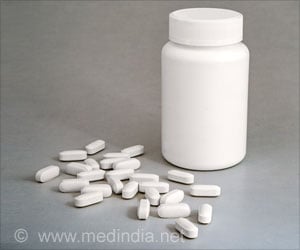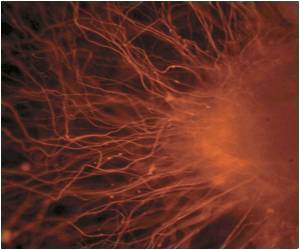Highlights
- Aging creates an environment called senescence-associated secretory phenotype, or SASP, in which the degrading cells secrete toxic compounds and cause inflammation, setting the stage for many degenerative diseases, including cancer.
- The previously identified function of rapamycin was to indirectly inhibit the SASP, using the Nrf2 pathway, a master regulator that can activate up to 200 genes to reduce levels of SASP.
- The newly identified function is the direct influence of rapamycin on the SASP process, independent of the NrF2 pathway.
Rapamycin is a natural compound first discovered from the soils of Easter Island in the South Pacific Ocean.
When used in some animals, it has proven to extend their lifespan by mimicking the valuable effects of dietary restriction.
Laboratory mice that received rapamycin have demonstrated more fitness, less decline in activity with age, improved cognition and cardiovascular health, less cancer, and a longer life.
The use of rapamycin for that purpose in humans has so far been limited due to an important side effect. It can cause increase in insulin resistance that may raise the risk of diabetes.
How Aging Occurs
As the cells age and stop proliferating, they release toxic compounds that causes neuroinflammation and damage. This creates an environment called senescence-associated secretory phenotype, or SASP.
This environment also affects the function of adjacent cells and thus disrupts the cellular microenvironment.
This broad process is ultimately linked to aging.
"The increase in cellular senescence associated with aging, and the inflammation associated with that, can help set the stage for a wide variety of degenerative disease, including cancer, heart disease, diabetes and neurologic disease, such as dementia or Alzheimer's," Perez said. "In laboratory animals when we clear out senescent cells, they live longer and have fewer diseases. And rapamycin can have similar effects."
New Function of Rapamycin
The previously identified function of rapamycin was to increase the action of Nrf2, which is a master regulator that can "turn on" up to 200 genes responsible for cell repair, detoxification of carcinogens, protein and lipid metabolism, antioxidant protection and other factors. In the process, it helped reduce levels of SASP.
The new function identified was the direct influence of rapamycin of SASP-related damage. It has been found that rapamycin could also affect levels of SASP directly, separately from the Nrf2 pathway and in a way that would have impacts on neurons as well as other types of cells.
"Any new approach to help protect neurons from damage could be valuable," Perez said. "Other studies, for instance, have shown that astrocyte cells that help protect neuron function and health can be damaged by SASP. This may be one of the causes of some neurologic diseases, including Alzheimer's disease."
Through its ability to help prevent SASP-related cellular damage through two pathways, one involving Nrf2 and the other more directly, rapamycin will continue to generate significant interest in addressing issues related to aging, Perez said.
Scientists are looking for compounds that a similar to rapamycin analogs that may have similar biological impacts but do not cause that unwanted side effect.
The study is published in Aging Cell.
Reference
- Viviana Perez et al. Rapamycin inhibits the secretory phenotype of senescent cells by a Nrf2-independent mechanism. Aging Cell; (2017) DOI: 10.1111/acel.12587
Source-Medindia










